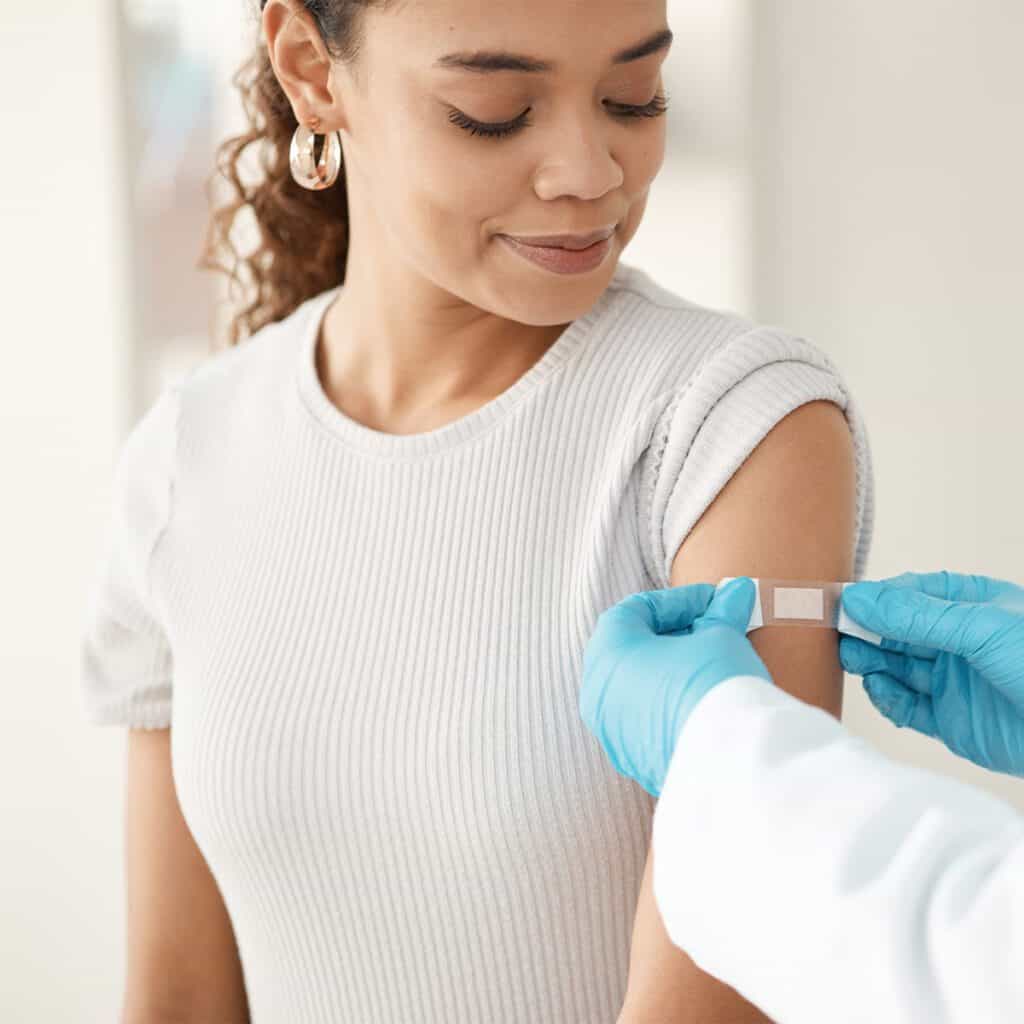How to Protect Yourself and Your Pets
An animal bite can be worrisome, especially if it’s not just a nip from an overly excited pet. While it’s important not to panic, you do want to take precautions against a rabies infection. Here, we shed light on the reality of rabies and hear from local experts about how prevention is key.
Rabies is a virus that affects the central nervous system and spreads to humans from the saliva of an infected animal, typically through a bite. Untreated rabies in humans can cause serious and eventually life-threatening symptoms, but cases are thankfully very rare, with only 1 to 3 reported annually in the United States. The majority of medical intervention is instead a preventative response to any potential exposure to the virus.
Rabies in Wildlife & Domestic Animals
Five thousand animals are diagnosed with rabies each year in the United States, and 9 out of 10 of these cases are reported in wildlife. Bats are the primary cause of animal-to-human transmission of rabies in the U.S., accounting for about 70% of human rabies cases. According to the CDC, most bats actually do not have rabies, but it is impossible to tell which ones do simply by sight. Even if you find a bat in your home and do not believe you have been bitten, you should call a public health professional to catch the animal for testing.

Bat bites are small and difficult to detect, so any contact with a bat should be taken seriously. Other wild animals to be wary of include foxes, raccoons, coyotes, beavers, and skunks.
Veterinarians report that dogs, cats, ferrets, and some farm animals can also carry the rabies virus. This risk is higher abroad: 25% of all human rabies cases in the United States since 1960 were contracted by dog bites that happened during travels outside the country.
Symptoms of Rabid Animals
When an animal becomes rabid, it is because it has been bitten by another animal with the rabies virus. The incubation period – the time before symptoms appear in an infected animal – can last a few weeks or a few months. Warning signs of rabies to watch out for include excessive salivation, loss of coordination, weakness, partial paralysis, abnormal behavior, and aggression. For bats, unusual behavior – such as daytime flying or entering a home – may also be a red flag for infection.
Reporting Rabies
Ultimately, you want to report any bite by an animal to your local health department. They are the experts on trends in rabies in your area and what risk different species carry. A healthy animal that bites a human should be confined and under observation for 10 days to make sure rabid symptoms do not develop. Public health authorities should be alerted to the quarantine. According to the CDC, out of all the animals tested annually in the United States for rabies, only 6% receive a positive diagnosis. This is why the observation period is best practice when it comes to first steps.
Treatment for Rabies
Post-exposure prophylaxis (PEP) is the standard treatment for rabies exposure and is nearly 100% effective at preventing rabies infection in humans. PEP consists of a rabies immune globulin shot near the site of the bite, which prevents the virus from infecting you, and a rabies vaccine. You can return to normal activities after receiving this treatment and will typically receive three follow-up injections over the course of two weeks.
In the event that you have been bitten by an animal, your physician may start you on PEP to prevent infection. However, there is likely no need to be alarmed. At times, this is simply the preferred procedure. If the animal that bit you (or may have bitten you) cannot be caught and quarantined, PEP may be recommended for peace of mind. Otherwise, the animal’s 10-day quarantine will dictate whether you receive treatment.
Rabies Prevention
Rabies prevention takes two forms: prevention of infection in your domestic pets and prevention of infection in yourself.
It is important to keep all family pets up to date on vaccinations and keep them close to home. A dog or cat contained to a yard and home is less likely to be bitten by another animal, risking infection. In addition, if your neighborhood includes a population of stray animals, contact local animal control authorities. Stray animals may be unvaccinated and risk passing disease to the neighborhood pets.
To prevent personal exposure to rabies, always use caution with wildlife and stray animals. Keep a safe distance, and do not attempt to approach or interact with an unknown animal. If you get bit or are worried about possible rabies exposure, contact your physician as soon as possible for advice on whether treatment will be necessary.

What to do if you’ve been bit:
- Wash the area with soap and warm water.
- Call animal control.
- Document the animal’s behavior before the bite.
- If a domestic animal, have someone locate the animal’s owner and ask for vaccination records.
- Contact your physician and report the bite to public health officials.







